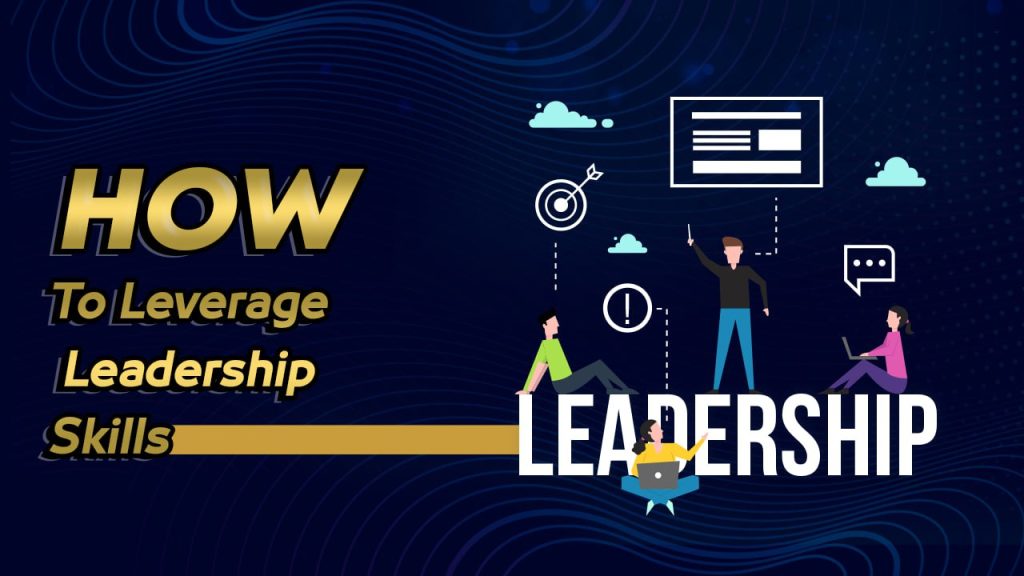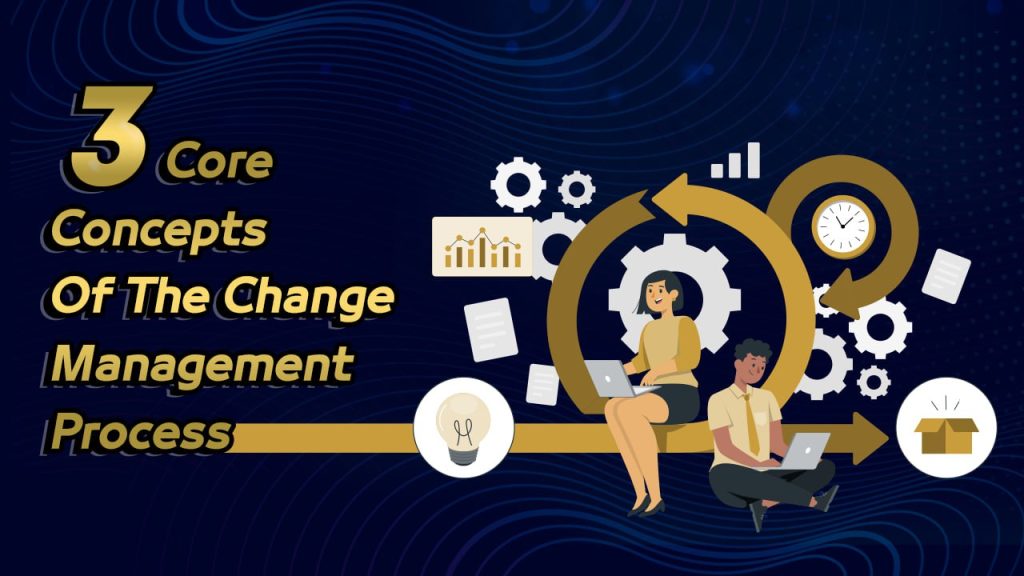In the ever-evolving landscape of corporate leadership, the concept of Executive Activism is emerging as a powerful force for positive change. This article delves into the dynamics of Executive Activism, exploring how business leaders, particularly executives and CEOs, can play a pivotal role in advocating for social, environmental, and political causes beyond the traditional boundaries of their organizations.
Defining Executive Activism
Executive Activism involves business leaders using their influence and platforms to actively champion causes that extend beyond the immediate interests of their companies. It encompasses a broad spectrum of issues, including environmental sustainability, social justice, human rights, and community engagement. As executives step into this role, they become catalysts for change on a broader societal scale.
The Impact of Executive Activism
Driving Positive Change
Executive Activism has the potential to drive tangible and positive change. When leaders leverage their positions to advocate for meaningful causes, they can influence public opinion, inspire other leaders, and contribute to the resolution of pressing global challenges. The impact goes beyond individual organizations, shaping industries and societal norms.
Case Studies in Successful Executive Activism
Examining successful cases of Executive Activism provides insights into its transformative potential. CEOs who have actively supported climate change initiatives, advocated for diversity and inclusion, or championed human rights have not only enhanced their corporate images but have also contributed to substantial progress in these areas. These leaders become beacons of change, demonstrating that businesses can be forces for good.
Executive Activism Across Industries
Shaping Industry-Wide Initiatives
Executive Activism is not confined to specific industries; it spans diverse sectors. From technology and finance to healthcare and manufacturing, executives are influencing industry-wide initiatives. By collaborating and advocating for shared values, these leaders contribute to the development of ethical business practices, sustainable policies, and socially responsible standards.
Challenges and Opportunities in Different Sectors
Each industry presents unique challenges and opportunities for Executive Activism. Executives in tech may focus on data privacy and digital rights, while those in healthcare may champion accessible healthcare solutions. Understanding the nuances of activism in different sectors allows executives to tailor their efforts for maximum impact.
Navigating Risks and Challenges
Identifying Potential Risks
While Executive Activism holds great promise, it is not without risks. Executives may face backlash from certain stakeholders, and there’s a potential impact on corporate image. It’s crucial for leaders to be aware of these risks and proactively address them.
Strategies for Navigating Challenges
Executives can navigate challenges associated with activism by aligning their actions with the company’s values, transparently communicating their stance, and engaging with stakeholders. By developing a thoughtful strategy, executives can mitigate risks and build a foundation for sustained impact.
Executive Activism and Corporate Social Responsibility (CSR)
Intersection with CSR
Executive Activism intersects with Corporate Social Responsibility (CSR), where companies commit to ethical practices and social initiatives. Executives who embrace activism often align these efforts with the company’s broader CSR strategies, reinforcing the organization’s commitment to making a positive impact.
Integrating Activism into CSR Strategies
Companies that successfully integrate Executive Activism into their CSR strategies demonstrate a holistic approach to social and environmental responsibility. This alignment reinforces authenticity and credibility, enhancing the effectiveness of both executive activism and broader CSR initiatives.
Building a Culture of Executive Activism
Fostering a Culture of Activism
The impact of Executive Activism can be amplified when organizations foster a culture that encourages and supports activism at all levels. Executives can inspire activism within their organizations by providing resources, encouraging open dialogue, and recognizing employees’ passion for social causes.
The Role of Mentorship and Leadership Development
Mentorship and leadership development play crucial roles in cultivating executive activists. By nurturing the next generation of leaders, executives can ensure a sustained commitment to social and environmental causes. Mentorship programs that emphasize the importance of activism contribute to a leadership pipeline committed to positive change.
Balancing Personal Convictions and Corporate Interests
The Delicate Balance
Executives often face the challenge of balancing personal convictions with corporate interests. Striking this delicate balance requires thoughtful consideration of how activism aligns with the company’s mission and values. Successful executives navigate this terrain by integrating activism in ways that complement corporate goals.
Cases of Successful Balancing
Examining cases where executives successfully balanced personal convictions and corporate interests provides valuable insights. Leaders who have navigated this balance effectively demonstrate that activism can align with business objectives, contributing to a positive impact on both the organization and society.
The Evolution of Executive Activism
Historical Roots
While the term “Executive Activism” may be relatively recent, the concept has historical roots. Business leaders have, throughout history, played pivotal roles in societal change. However, the prominence of executive activism has increased in recent years due to a growing awareness of social issues and the amplified influence of digital media.
Contemporary Issues Fueling Activism
Contemporary issues such as climate change, social justice, and human rights have fueled a surge in executive activism. As pressing global challenges come to the forefront, executives are recognizing their roles as change agents and are leveraging their influence to address these issues.

Conclusion
In conclusion, Executive Activism is a dynamic force that has the potential to reshape industries, influence societal norms, and drive positive change. As business leaders recognize the importance of their roles beyond the boardroom, they become instrumental in addressing global challenges. The impact of Executive Activism extends beyond individual organizations, contributing to a more socially responsible and sustainable world.
FAQs
Q: What is Executive Activism?
A: Executive Activism refers to the active involvement of business leaders, particularly executives and CEOs, in advocating for social, environmental, or political causes beyond the scope of their companies. It involves leveraging their influence and platforms to drive positive change on a broader scale.
Q: How can Executive Activism positively impact businesses and society?
A: Executive Activism can positively impact businesses by enhancing their corporate image, attracting socially conscious consumers, and fostering a positive workplace culture. On a societal level, it can contribute to addressing pressing issues, promoting diversity and inclusion, and influencing industry-wide change.
Q: What are some examples of successful Executive Activism?
A: Successful examples of Executive Activism include CEOs advocating for environmental sustainability, diversity and inclusion, human rights, and community engagement. For instance, executives participating in climate change initiatives, championing social justice, or advocating for ethical business practices.
Q: How can executives navigate risks and challenges associated with activism?
A: Executives can navigate risks by aligning activism with the company’s values, transparently communicating their stance, and being aware of potential backlash. Developing a thoughtful strategy, engaging with stakeholders, and staying informed are key aspects of effectively navigating challenges associated with executive activism.
Q: Is Executive Activism a recent phenomenon, or does it have historical roots?
A: While the term “Executive Activism” may be relatively recent, the concept of business leaders engaging in social and political causes has historical roots. However, the prominence and visibility of executive activism have increased in recent years due to a growing awareness of social issues and the influence of digital media.




